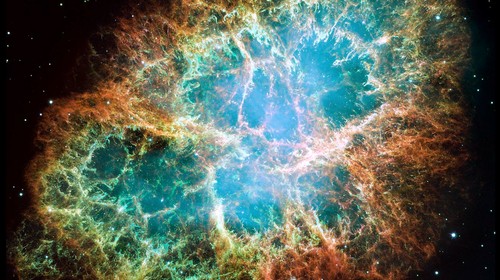'Farfarout'! Solar system's most distant planetoid confirmed
A team, including an astronomer from the University of Hawai?i Institute for Astronomy (IfA), have confirmed a planetoid that is almost four times farther from the Sun than Pluto, making it the most distant object ever observed in our solar system. The planetoid, nicknamed "Farfarout," was first detected in 2018, and the team has now collected enough observations to pin down the orbit. The Minor Planet Center has now given it the official designation of 2018 AG37.
Farfarout's name distinguished it from the previous record holder "Farout," found by the same team of astronomers in 2018. ...
Farfarout's current distance from the Sun is 132 astronomical units (au); 1 au is the distance between the Earth and Sun. For comparison, Pluto is only 34 au from the Sun. The newly discovered object has a very elongated orbit that takes it out to 175 au at its most distant, and inside the orbit of Neptune, to around 27 au, when it is closest to the Sun.
Farfarout's journey around the Sun takes about a thousand years, crossing the giant planet Neptune's orbit every time. This means Farfarout has probably experienced strong gravitational interactions with Neptune over the age of the solar system, and is the reason why it has such a large and elongated orbit. ...
Farfarout is very faint, and based on its brightness and distance from the Sun, the team estimates its size to be about 400 km across, putting it on the low end of being a dwarf planet, assuming it is an ice-rich object. ...
Because Neptune strongly interacts with Farfarout, its orbit and movement cannot be used to determine if there is another unknown massive planet in the very distant solar system, since these interactions dominate Farfarout's orbital dynamics. Only those objects whose orbits stay in the very distant solar system, well beyond Neptune's gravitational influence, can be used to probe for signs of an unknown massive planet. These include Sedna and 2012 VP113, which, although they are currently closer to the Sun than Farfarout (at around 80 au), they never approach Neptune and thus would be most influenced by the possible Planet X instead. ...






